Branded Content
Why Wisconsin needs to be your next golf destination
Editor's Note: This article is written in partnership with Premier Golf.
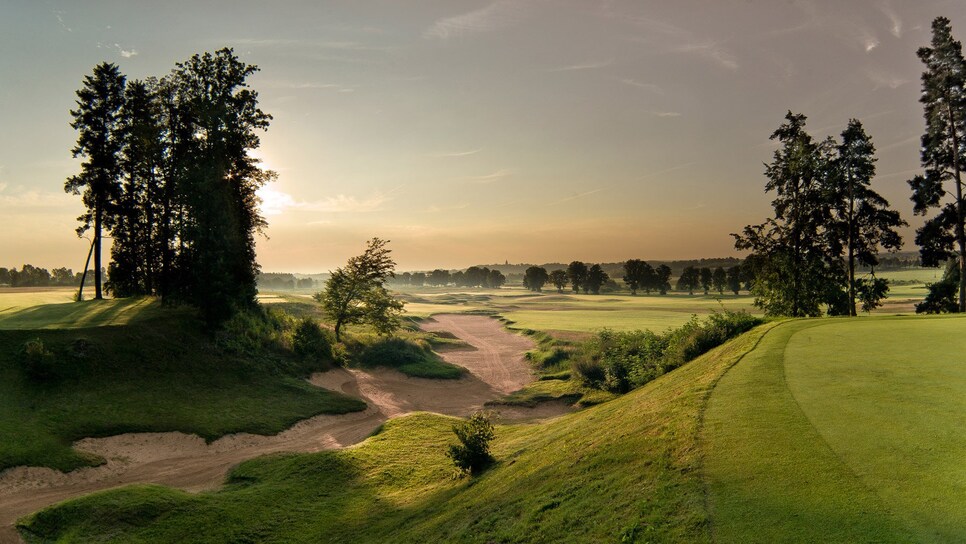
The second hole at Sand Valley.
Anyone who has had the pleasure of interacting with Steve Stricker, the 12-time PGA Tour winner and 2021 U.S Ryder Cup captain, can understand why golfers are so fond of the state of Wisconsin. The term “Midwest nice” was coined for people like Stricker, a native of Edgerton, Wis., and one of golf’s true good guys. Friendly, kind and humble are traits the Badger state has long been known for.
As Stricker, among others, can attest, Wisconsin is developing a reputation for world-class golf, as well.
In 2024, Wisconsin boasted 10 courses on Golf Digest’s 100 Greatest Public Courses list. Remarkably, almost 90 percent of Wisconsin’s courses are public, easily one of the highest percentages in the nation. That should be your cue to book your next golf getaway to the land of cheeseheads, bratwurst and beer.
A great place to start is Erin Hills, located 45 minutes north of Milwaukee. The site of the 2017 U.S. Open and the upcoming U.S. Women’s Open, Erin Hills was designed for championship play, with sprawling fairways and a layout that can stretch beyond 8,000 yards. Even the USGA opted against testing those limits when Brooks Koepka won his first major here in 2017. Staying overnight is highly recommended, allowing time to enjoy a round of Spotted Cow beer and a bratwurst in the Caddy Barn, a relaxed post-round hangout featuring ping-pong tables and other games.
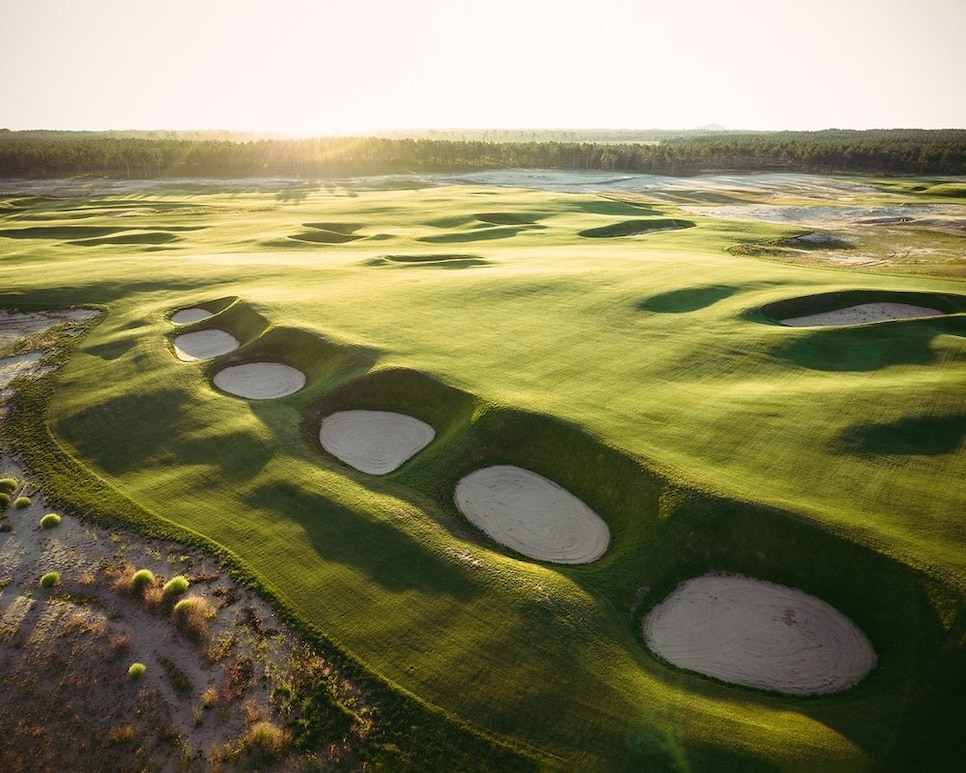
The 17th hole at The Lido.
From Erin Hills, it’s a two-hour drive northwest to Sand Valley Golf Resort, where Bill Coore and Ben Crenshaw, David McLay Kidd, and Tom Doak have carved four stunning courses out of prehistoric sand dunes. Built over 12,000 acres in Wisconsin’s Central Sands, Sand Valley is often compared to Bandon Dunes, another Mike Keiser-developed property. The experience is all about the golf—no white-glove service or luxury spas, just simple and comfortable accommodations to complement the world-class courses. Sand Valley, the namesake course designed by Coore and Crenshaw, features a traditional links-style layout that could easily host a major championship. Mammoth Dunes, designed by McLay Kidd, is a more forgiving course, offering massive fairways, large greens and a focus on fun over score. One of the most unique experiences at the resort is The Lido, a meticulous recreation of C.B. Macdonald’s legendary 1914 Long Island course, which was lost to World War II. The USGA was so impressed with its accuracy that multiple amateur championships have been scheduled there, starting with the 2026 U.S. Mid-Am. Rounding out the lineup is Sedge Valley, a par-68 Tom Doak design inspired by England’s heathland courses. Despite measuring only 5,800 yards, it’s a test of precision and decision-making. To cap off your stay, a round at The Sandbox, the resort’s 17-hole par-3 course, is a must. Before heading out, stop by Craig’s Porch near the first tee for a snack while taking in sweeping views of the property.
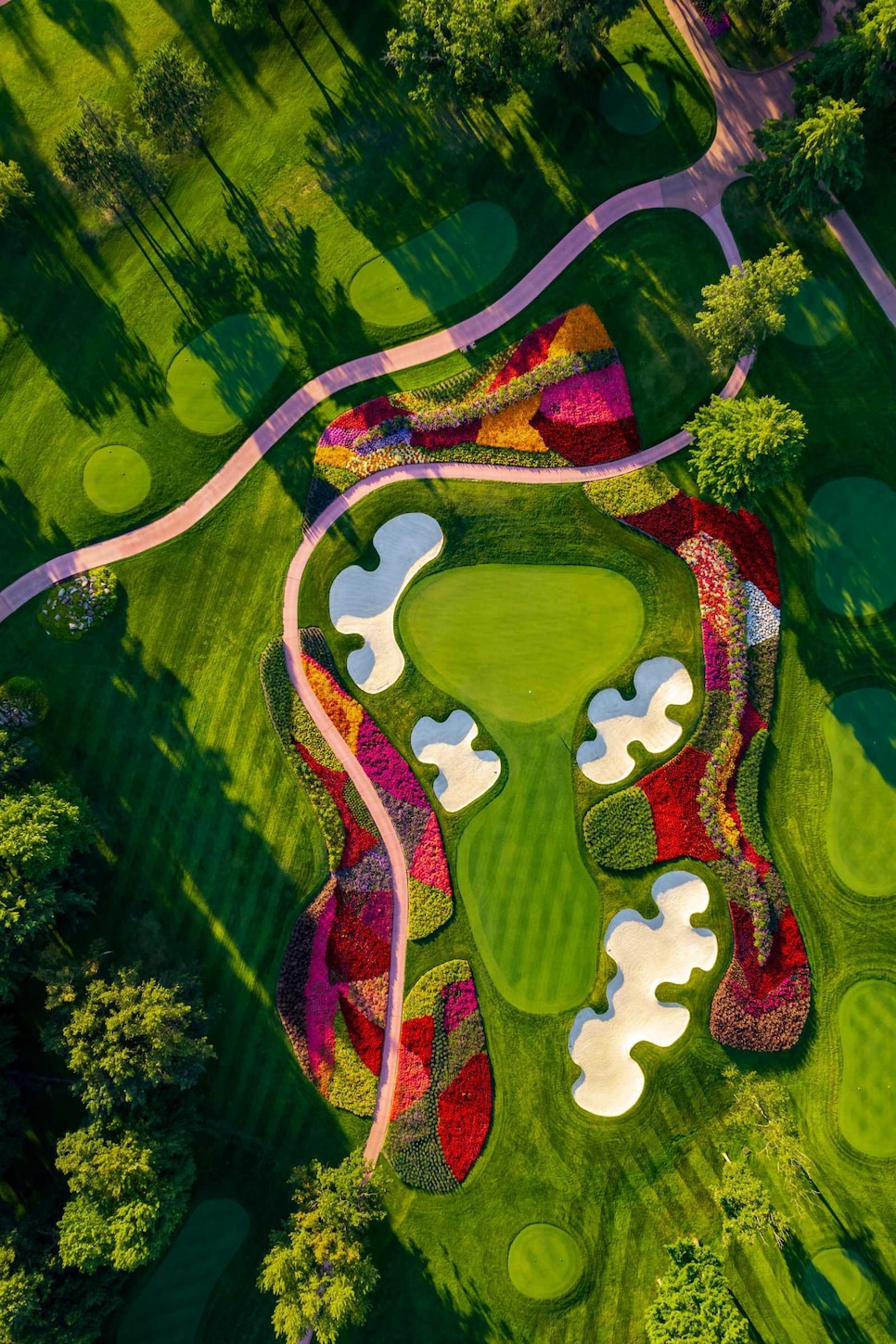
The 16th hole at SentryWorld.
Less than an hour north of Sand Valley, SentryWorld in Stevens Point offers another top-tier golf experience. Designed by Robert Trent Jones Jr., the course hosted the 2023 U.S. Senior Open and is best known for its signature par-3 16th hole, lined with 50,000 vibrant flowers. Whether or not you make birdie, it’s worth taking a moment to appreciate the beauty.
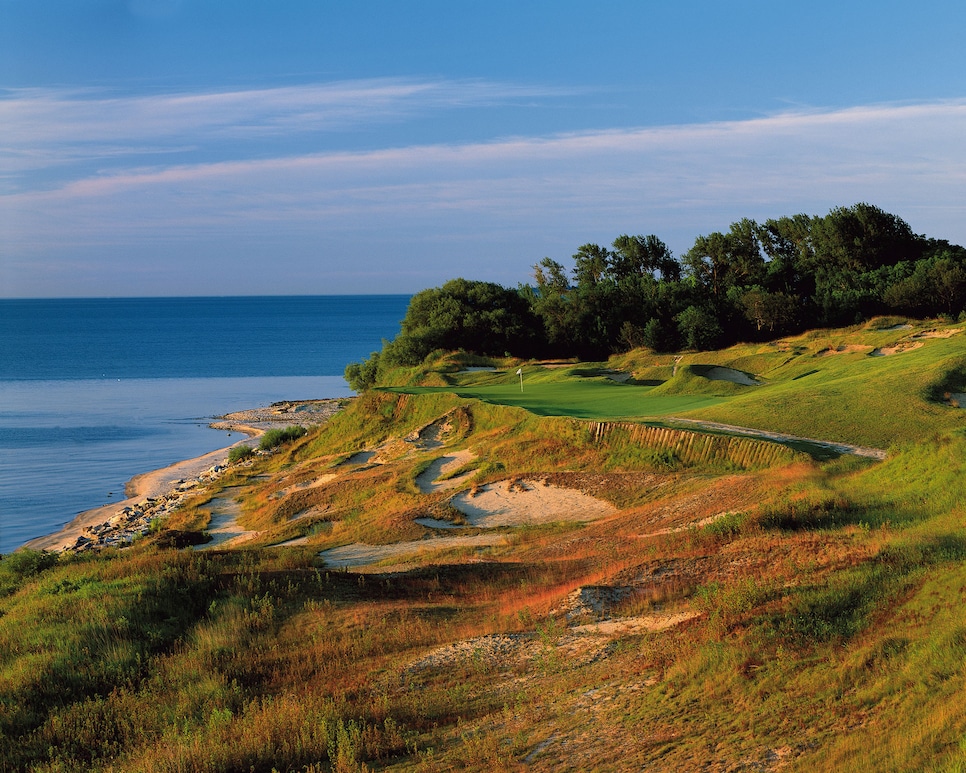
The 17th hole at Whistling Straits (Straits course).
A two-hour drive east leads to Kohler, home to some of the most famous courses in the country. Whistling Straits, a Pete Dye masterpiece sculpted along the western shore of Lake Michigan, has hosted three PGA Championships, a U.S. Senior Open and the 2021 Ryder Cup. With more than 1,000 bunkers and stunning views, the Straits course is the highlight of any Wisconsin golf trip. Staying at the American Club, a luxurious five-star resort listed on the National Register of Historic Places, is a splurge-worthy experience, but the more affordable Inn on Woodlake is another solid option. Either way, resort lodging is required to secure a tee time at Whistling Straits. Kohler also features the Irish Course, another Dye-designed layout with rolling dunes and deep bunkers, along with Blackwolf Run, a parkland-style course that has hosted two U.S. Women’s Opens. The Blackwolf Run property includes the River and Meadow Valleys courses, each offering a different take on Dye’s signature design elements. Finishing a trip at Whistling Straits or Blackwolf Run puts you just 60 to 90 minutes from Milwaukee’s airport, making for a convenient departure.
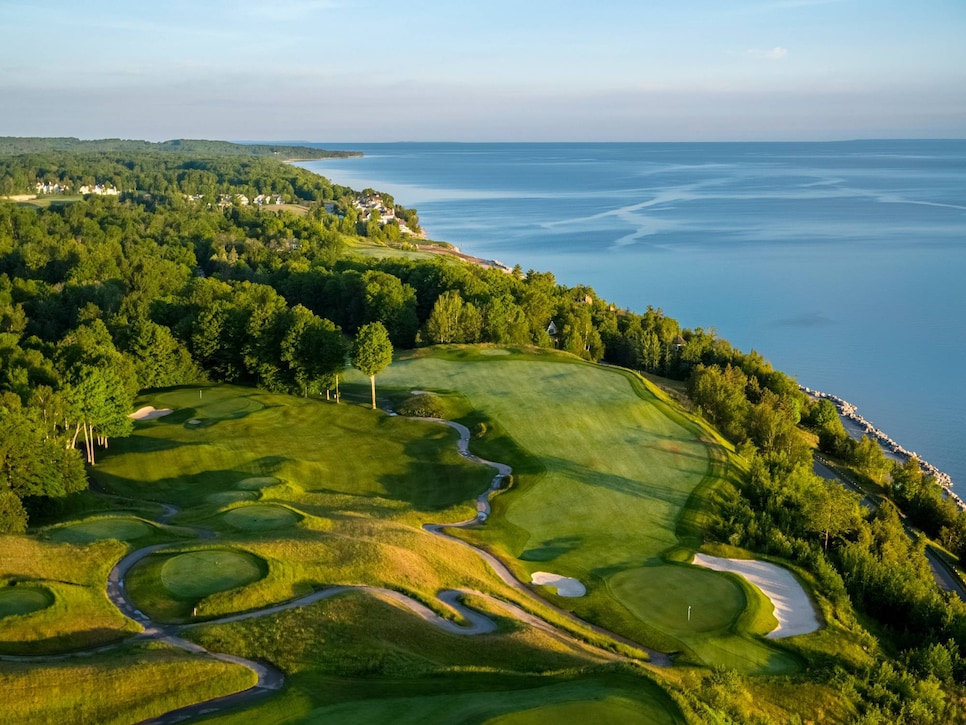
The eighth hole at Bay Harbor (Links).
For those looking to extend their Midwest golf journey, Michigan offers a treasure trove of courses across the lake. Arcadia Bluffs, often called the “Whistling Straits of Michigan,” gets most of the attention, but the state’s northwest corner is packed with hidden gems. Near Traverse City and Petoskey, the Inn at Bay Harbor features three distinct nine-hole layouts, with the Arthur Hills-designed Links 9 earning the nickname “The Pebble Beach of the Midwest” thanks to its dramatic views over Little Traverse Bay. Boyne Golf operates multiple resorts in the area, including Boyne Mountain and Boyne Highlands, where the Donald Ross Memorial Course pays tribute to the architect’s greatest designs, incorporating iconic holes from Seminole, Pinehurst and Royal Dornoch.
Whether you choose Wisconsin, Michigan or both, a Midwest golf trip promises incredible courses, breathtaking scenery, and plenty of new “Midwest nice” friends along the way.

